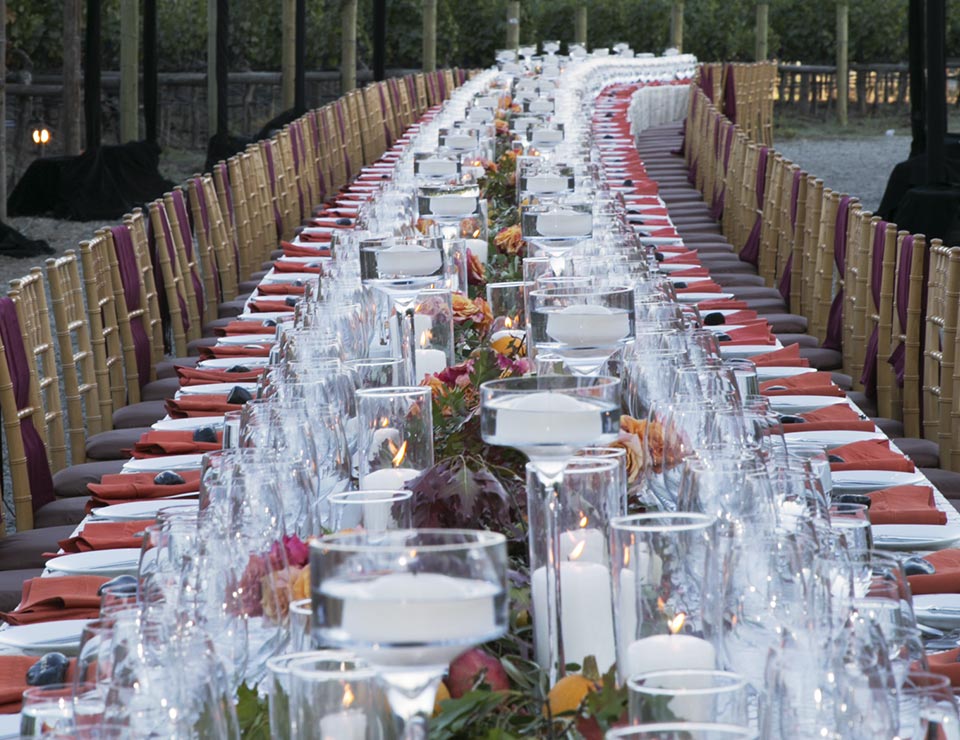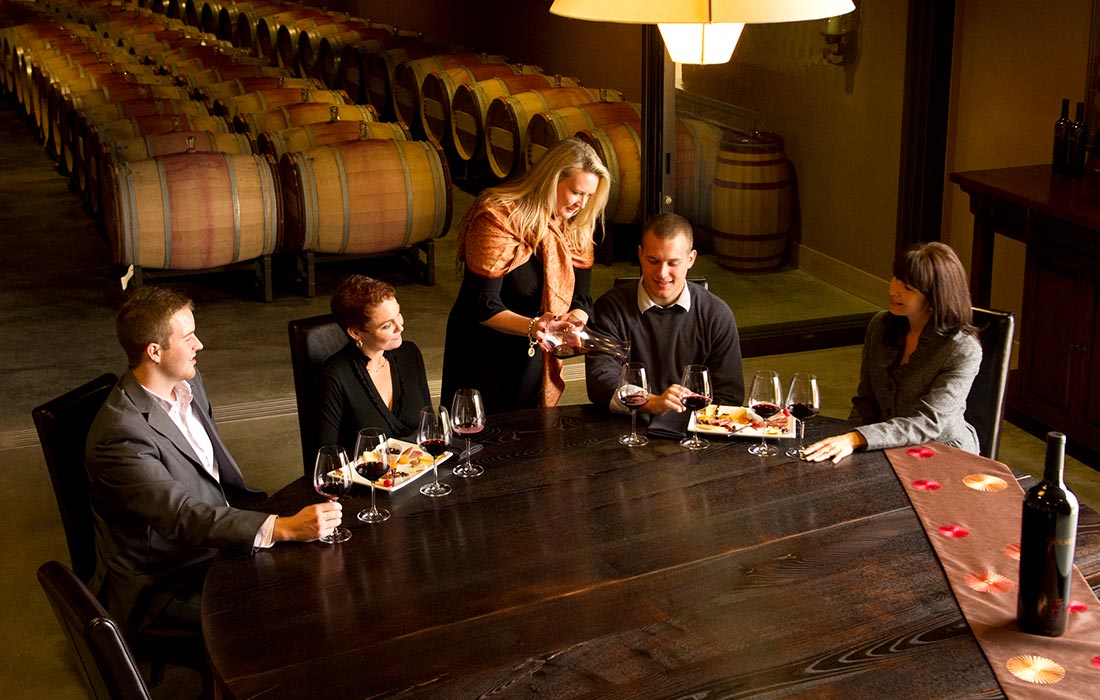Part of offering wine is understanding how to offer recommendations and what to do when a person is unhappy with their selection.
The key to making an effective recommendation is knowledge and confidence — the more you know about wine, the larger variety of wines you’ll be able to recommend and the more types of food you will be able to pair them with. That being said, it’s always a good idea to let the customer lead whenever possible, as you offer helpful suggestions along the way.
Though reds generally are said to go with red meats, and whites with white meats and fish, there is so much more to wine/food pairing and making savvy recommendations. Your guests' personal tastes are very important and should drive your recommendations.
Continue reading about wine pairing
Learn More
When making recommendations, keep in mind that drinking wine is appropriate at all stages of the meal. White wine, rosé, sparkling wine, Champagne and dry sherry all make excellent aperitifs. A dry white wine may also go well with appetizers and first courses. Recommend a heartier wine to complement the entree, then pair a sweet sparkling or fortified wine with dessert.
It’s always important to approach every customer as a potential wine drinker, despite their choice of appetizer or entree. Don't be intimidating or elite. Welcome everyone into the wine experience. Inform them of any wine specials and make them feel that it’s your pleasure to talk with them about the wines (remember, there are no stupid questions).
Try to identify what level of wine experience your guest is seeking. Are they celebrating a special occasion or a promotion? Ask about their taste in wine. Ask about the last bottle they enjoyed. The more you know about your guest's preferences, the better your recommendation can be.

Your conversation should help you determine the guest's general price range — but never ask, "what's your budget?" It can help to offer a range of prices, from low to medium to high.
If they ask for a suggestion, recommend a wine you know, so that you can honestly discuss its merits and appropriateness for their meal. If they don’t mention wine, ask if you may suggest a wine to enhance their meal, but don't push.
The customer has the right to reject a bottle of wine at any point during the service. If this happens, immediately remove the bottle and glassware from the table. Out of sight of the guest, consult your manager or sommelier to determine if the wine is sound. If the wine is flawed, it is common to offer the guest a second bottle of the same wine. If the wine is not flawed, return with the wine list and sell the guest a different bottle.
Remember that the guest is “always right,” and do whatever you can to resolve any issue in a way that the customer will see as "fair" so they can enjoy their dining experience. Never allow the customer to feel like they are wrong. It is never a good idea to say “no” to a guest.
"May all of your love be true love, and may all of your pain be Champagne."– Rob Bigelow